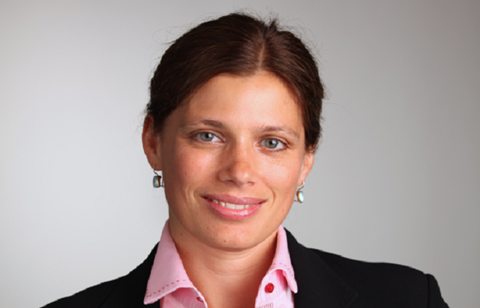
Across the UK, more than half of all practising solicitors are women, while black, Asian and minority ethnic (Bame) individuals account for 21% of lawyers in law firms, according to August 2017 data from the Solicitors Regulation Authority. These figures compare favourably to the UK as a whole, where women make up 47% of the workforce and Bame employees form 11%, as found in the Department for Work and Pension's February 2015 Labour force survey report.
A cursory glance up the career ladder provides a positive insight, as Bame solicitors are represented at partnership levels commensurate with the numbers entering the profession; the aforementioned Solicitors Regulation Authority figures reveal 20% Bame partners.
However, the reality behind the statistics is complex.
Delve a little deeper and it is evident that Bame partners are far more likely to be sole practitioners or to work in small firms
The same is true for those with a disability. Although reflected at partnership level in line with the percentage entering the profession, the issue is that the numbers entering the profession under-represent the proportion of people with disabilities in wider society. The Solicitors Regulation Authority 2017 data found that only 3% of solicitors describe themselves as disabled, which is significantly lower than the government’s estimate of 10% for the wider UK workforce, demonstrated in the 2015 Labour force survey.
In relation to gender, a massive gap exists between the number of women choosing to be solicitors and the number making it through to partnership. The Solicitors Regulation Authority research shows that women make up 59% of the non-partner solicitor community, but only a third are at partnership level.
This is not simply the impact of motherhood, nor a matter of waiting for bright female solicitors to progress; the Law Society research identifies a more systemic issue.
There is a need to address social mobility, too. The majority of solicitors are educated at state school, but more need to progress through to partnership. The law is, however, attracting high numbers of those who are first in their family to attend university, and these people are making it through to partnership in disproportionately higher numbers.
Clearly, progress has been made, but there is still a long way to go. Law firms, regulators and professional bodies are working together to make the legal profession more reflective of society. A big part of this is treating everyone with dignity and respect, so that bright people are attracted to a career in the law and the culture enables them to progress to the senior levels.
Jemima Coleman is a professional support lawyer at Herbert Smith Freehills and board member of the Legal Services Board











